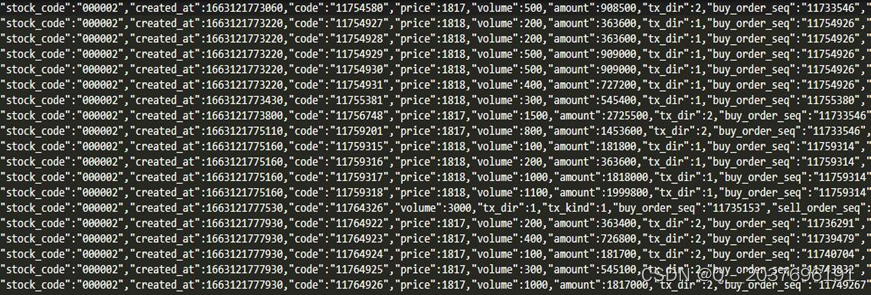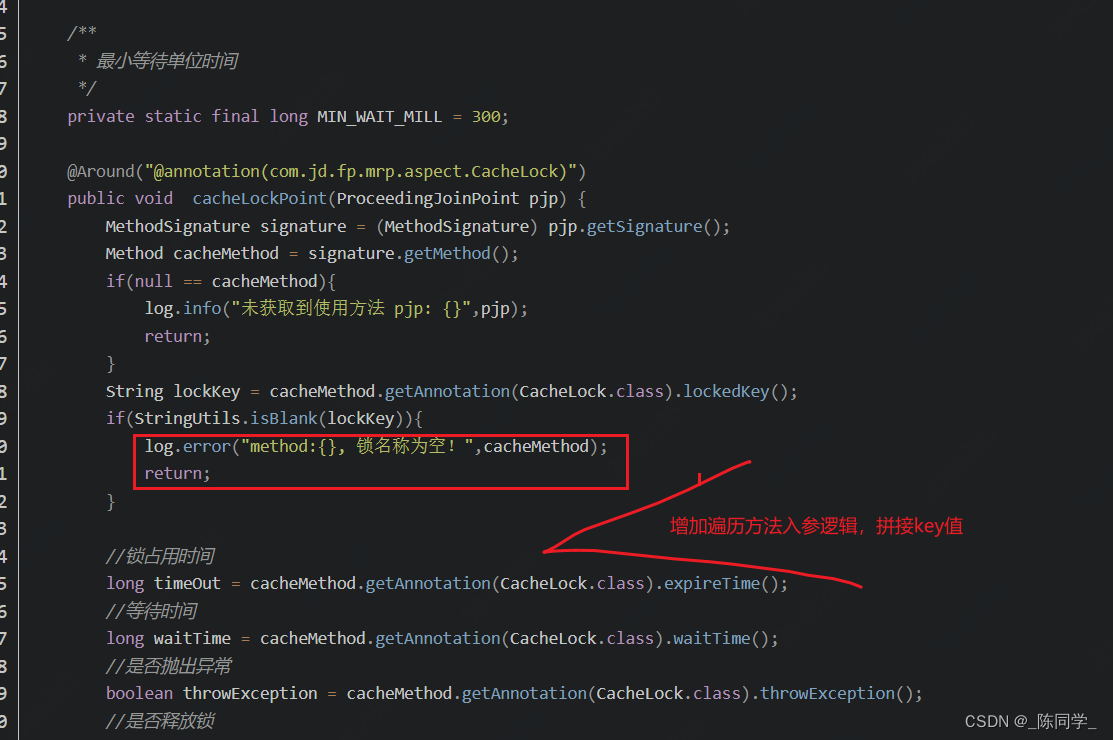概要
接上一篇《Postgresql引入SIMD指令集》
PG引入SIMD执行集后具体有多大性能提升?本篇抽取PG的simd库,对比线性搜索场景的性能:
测试场景(文章最后提供完整程序)
构造一个存有14亿数字的数组
uint32 cnt = 1410065408;
uint32 *xids = (uint32 *) malloc(sizeof(uint32) * cnt);
for (int i = 0; i < cnt; i++)
xids[i] = rand();
场景一:使用SIMD查询一个数字是否在数组中,重复10次
// do 10 times!
for (int i = 0; i < 10; i++)
res = pg_lfind32(xid, xids, cnt);
场景二:直接遍历查询一个数字是否在数组中,重复10次
// do 10 times!
for (int i = 0; i < 10; i++)
for (int i = 0; i < cnt; i++)
if (xid == xids[i])
res = true;
性能差距(on AMD EPYC 7K62 48-C Processor)
执行14亿数组查询,执行结果:

[mingjie@VM-130-23-centos ~/proj/simd][PGROOT99:9901]$ ./conftest
sample: 1804289383 846930886 1681692777...
[use SIMD]find x among 1410065408 numbers: 27.480000 seconds
[use no SIMD]find x among 1410065408 numbers: 34.220000 seconds
结果:
- 场景一:(使用SIMD从14亿数字中查询一个数是否存在) * 10次
- 时间 = 27.480000 秒
- 场景二:(直接遍历14亿数字查询一个数是否存在) * 10次
- 时间 = 34.220000 秒
性能差距:SIMD在该场景有 24.5%的性能提升。
测试程序 & 编译方法
编译:
gcc -o conftest -Wall -g -ggdb -O0 -g3 -gdwarf-2 -msse4.2 main.c
main.c
/***************************************************/
#include <assert.h>
#include <stddef.h>
#include <stdio.h>
#include <stdlib.h>
#include <time.h>
/***************************************************/
#define Assert(condition) assert(condition)
#define true ((bool) 1)
#define false ((bool) 0)
typedef unsigned char uint8; /* == 8 bits */
typedef unsigned short uint16; /* == 16 bits */
typedef unsigned int uint32; /* == 32 bits */
typedef unsigned char bool;
typedef size_t Size;
/***************************************************/
// #define USE_ASSERT_CHECKING
#include "simd.h"
/***************************************************/
/*
* pg_lfind32
*
* Return true if there is an element in 'base' that equals 'key', otherwise
* return false.
*/
static inline bool
pg_lfind32(uint32 key, uint32 *base, uint32 nelem)
{
uint32 i = 0;
#ifndef USE_NO_SIMD
/*
* For better instruction-level parallelism, each loop iteration operates
* on a block of four registers. Testing for SSE2 has showed this is ~40%
* faster than using a block of two registers.
*/
const Vector32 keys = vector32_broadcast(key); /* load copies of key */
const uint32 nelem_per_vector = sizeof(Vector32) / sizeof(uint32);
const uint32 nelem_per_iteration = 4 * nelem_per_vector;
/* round down to multiple of elements per iteration */
const uint32 tail_idx = nelem & ~(nelem_per_iteration - 1);
for (i = 0; i < tail_idx; i += nelem_per_iteration)
{
Vector32 vals1,
vals2,
vals3,
vals4,
result1,
result2,
result3,
result4,
tmp1,
tmp2,
result;
/* load the next block into 4 registers */
vector32_load(&vals1, &base[i]);
vector32_load(&vals2, &base[i + nelem_per_vector]);
vector32_load(&vals3, &base[i + nelem_per_vector * 2]);
vector32_load(&vals4, &base[i + nelem_per_vector * 3]);
/* compare each value to the key */
result1 = vector32_eq(keys, vals1);
result2 = vector32_eq(keys, vals2);
result3 = vector32_eq(keys, vals3);
result4 = vector32_eq(keys, vals4);
/* combine the results into a single variable */
tmp1 = vector32_or(result1, result2);
tmp2 = vector32_or(result3, result4);
result = vector32_or(tmp1, tmp2);
/* see if there was a match */
if (vector32_is_highbit_set(result))
{
return true;
}
}
#endif /* ! USE_NO_SIMD */
/* Process the remaining elements one at a time. */
for (; i < nelem; i++)
{
if (key == base[i])
return true;
}
return false;
}
/***************************************************/
int main()
{
clock_t start, finish;
double duration;
uint32 xid = 11;
uint32 cnt = 1410065408;
uint32 *xids = (uint32 *) malloc(sizeof(uint32) * cnt);
bool res = false;
for (int i = 0; i < cnt; i++)
xids[i] = rand();
printf("sample: %d %d %d...\n", xids[0], xids[1], xids[2]);
/***************************************************/
/* SIMD */
/***************************************************/
start = clock();
// do 10 times!
for (int i = 0; i < 10; i++)
res = pg_lfind32(xid, xids, cnt);
finish = clock();
duration = (double)(finish - start) / CLOCKS_PER_SEC;
printf( "[use SIMD]find x among %d numbers: %f seconds\n", cnt, duration );
// printf("res: %d\n", res);
/***************************************************/
/* no SIMD */
/***************************************************/
start = clock();
// do 10 times!
for (int i = 0; i < 10; i++)
for (int i = 0; i < cnt; i++)
if (xid == xids[i])
res = true;
finish = clock();
duration = (double)(finish - start) / CLOCKS_PER_SEC;
printf( "[use no SIMD]find x among %d numbers: %f seconds\n", cnt, duration );
// printf("res: %d\n", res);
return res;
}
simd.h(from postgresql15)
/*-------------------------------------------------------------------------
*
* simd.h
* Support for platform-specific vector operations.
*
* Portions Copyright (c) 1996-2022, PostgreSQL Global Development Group
* Portions Copyright (c) 1994, Regents of the University of California
*
* src/include/port/simd.h
*
* NOTES
* - VectorN in this file refers to a register where the element operands
* are N bits wide. The vector width is platform-specific, so users that care
* about that will need to inspect "sizeof(VectorN)".
*
*-------------------------------------------------------------------------
*/
#ifndef SIMD_H
#define SIMD_H
#if (defined(__x86_64__) || defined(_M_AMD64))
/*
* SSE2 instructions are part of the spec for the 64-bit x86 ISA. We assume
* that compilers targeting this architecture understand SSE2 intrinsics.
*
* We use emmintrin.h rather than the comprehensive header immintrin.h in
* order to exclude extensions beyond SSE2. This is because MSVC, at least,
* will allow the use of intrinsics that haven't been enabled at compile
* time.
*/
#include <emmintrin.h>
#define USE_SSE2
typedef __m128i Vector8;
typedef __m128i Vector32;
#elif defined(__aarch64__) && defined(__ARM_NEON)
/*
* We use the Neon instructions if the compiler provides access to them (as
* indicated by __ARM_NEON) and we are on aarch64. While Neon support is
* technically optional for aarch64, it appears that all available 64-bit
* hardware does have it. Neon exists in some 32-bit hardware too, but we
* could not realistically use it there without a run-time check, which seems
* not worth the trouble for now.
*/
#include <arm_neon.h>
#define USE_NEON
typedef uint8x16_t Vector8;
typedef uint32x4_t Vector32;
#else
/*
* If no SIMD instructions are available, we can in some cases emulate vector
* operations using bitwise operations on unsigned integers. Note that many
* of the functions in this file presently do not have non-SIMD
* implementations. In particular, none of the functions involving Vector32
* are implemented without SIMD since it's likely not worthwhile to represent
* two 32-bit integers using a uint64.
*/
#define USE_NO_SIMD
typedef uint64 Vector8;
#endif
/* load/store operations */
static inline void vector8_load(Vector8 *v, const uint8 *s);
#ifndef USE_NO_SIMD
static inline void vector32_load(Vector32 *v, const uint32 *s);
#endif
/* assignment operations */
static inline Vector8 vector8_broadcast(const uint8 c);
#ifndef USE_NO_SIMD
static inline Vector32 vector32_broadcast(const uint32 c);
#endif
/* element-wise comparisons to a scalar */
static inline bool vector8_has(const Vector8 v, const uint8 c);
static inline bool vector8_has_zero(const Vector8 v);
static inline bool vector8_has_le(const Vector8 v, const uint8 c);
static inline bool vector8_is_highbit_set(const Vector8 v);
#ifndef USE_NO_SIMD
static inline bool vector32_is_highbit_set(const Vector32 v);
#endif
/* arithmetic operations */
static inline Vector8 vector8_or(const Vector8 v1, const Vector8 v2);
#ifndef USE_NO_SIMD
static inline Vector32 vector32_or(const Vector32 v1, const Vector32 v2);
static inline Vector8 vector8_ssub(const Vector8 v1, const Vector8 v2);
#endif
/*
* comparisons between vectors
*
* Note: These return a vector rather than boolean, which is why we don't
* have non-SIMD implementations.
*/
#ifndef USE_NO_SIMD
static inline Vector8 vector8_eq(const Vector8 v1, const Vector8 v2);
static inline Vector32 vector32_eq(const Vector32 v1, const Vector32 v2);
#endif
/*
* Load a chunk of memory into the given vector.
*/
static inline void
vector8_load(Vector8 *v, const uint8 *s)
{
#if defined(USE_SSE2)
*v = _mm_loadu_si128((const __m128i *) s);
#elif defined(USE_NEON)
*v = vld1q_u8(s);
#else
memcpy(v, s, sizeof(Vector8));
#endif
}
#ifndef USE_NO_SIMD
static inline void
vector32_load(Vector32 *v, const uint32 *s)
{
#ifdef USE_SSE2
*v = _mm_loadu_si128((const __m128i *) s);
#elif defined(USE_NEON)
*v = vld1q_u32(s);
#endif
}
#endif /* ! USE_NO_SIMD */
/*
* Create a vector with all elements set to the same value.
*/
static inline Vector8
vector8_broadcast(const uint8 c)
{
#if defined(USE_SSE2)
return _mm_set1_epi8(c);
#elif defined(USE_NEON)
return vdupq_n_u8(c);
#else
return ~UINT64CONST(0) / 0xFF * c;
#endif
}
#ifndef USE_NO_SIMD
static inline Vector32
vector32_broadcast(const uint32 c)
{
#ifdef USE_SSE2
return _mm_set1_epi32(c);
#elif defined(USE_NEON)
return vdupq_n_u32(c);
#endif
}
#endif /* ! USE_NO_SIMD */
/*
* Return true if any elements in the vector are equal to the given scalar.
*/
static inline bool
vector8_has(const Vector8 v, const uint8 c)
{
bool result;
/* pre-compute the result for assert checking */
#ifdef USE_ASSERT_CHECKING
bool assert_result = false;
for (Size i = 0; i < sizeof(Vector8); i++)
{
if (((const uint8 *) &v)[i] == c)
{
assert_result = true;
break;
}
}
#endif /* USE_ASSERT_CHECKING */
#if defined(USE_NO_SIMD)
/* any bytes in v equal to c will evaluate to zero via XOR */
result = vector8_has_zero(v ^ vector8_broadcast(c));
#else
result = vector8_is_highbit_set(vector8_eq(v, vector8_broadcast(c)));
#endif
return result;
}
/*
* Convenience function equivalent to vector8_has(v, 0)
*/
static inline bool
vector8_has_zero(const Vector8 v)
{
#if defined(USE_NO_SIMD)
/*
* We cannot call vector8_has() here, because that would lead to a
* circular definition.
*/
return vector8_has_le(v, 0);
#else
return vector8_has(v, 0);
#endif
}
/*
* Return true if any elements in the vector are less than or equal to the
* given scalar.
*/
static inline bool
vector8_has_le(const Vector8 v, const uint8 c)
{
bool result = false;
/* pre-compute the result for assert checking */
#ifdef USE_ASSERT_CHECKING
bool assert_result = false;
for (Size i = 0; i < sizeof(Vector8); i++)
{
if (((const uint8 *) &v)[i] <= c)
{
assert_result = true;
break;
}
}
#endif /* USE_ASSERT_CHECKING */
#if defined(USE_NO_SIMD)
/*
* To find bytes <= c, we can use bitwise operations to find bytes < c+1,
* but it only works if c+1 <= 128 and if the highest bit in v is not set.
* Adapted from
* https://graphics.stanford.edu/~seander/bithacks.html#HasLessInWord
*/
if ((int64) v >= 0 && c < 0x80)
result = (v - vector8_broadcast(c + 1)) & ~v & vector8_broadcast(0x80);
else
{
/* one byte at a time */
for (Size i = 0; i < sizeof(Vector8); i++)
{
if (((const uint8 *) &v)[i] <= c)
{
result = true;
break;
}
}
}
#else
/*
* Use saturating subtraction to find bytes <= c, which will present as
* NUL bytes. This approach is a workaround for the lack of unsigned
* comparison instructions on some architectures.
*/
result = vector8_has_zero(vector8_ssub(v, vector8_broadcast(c)));
#endif
return result;
}
/*
* Return true if the high bit of any element is set
*/
static inline bool
vector8_is_highbit_set(const Vector8 v)
{
#ifdef USE_SSE2
return _mm_movemask_epi8(v) != 0;
#elif defined(USE_NEON)
return vmaxvq_u8(v) > 0x7F;
#else
return v & vector8_broadcast(0x80);
#endif
}
/*
* Exactly like vector8_is_highbit_set except for the input type, so it
* looks at each byte separately.
*
* XXX x86 uses the same underlying type for 8-bit, 16-bit, and 32-bit
* integer elements, but Arm does not, hence the need for a separate
* function. We could instead adopt the behavior of Arm's vmaxvq_u32(), i.e.
* check each 32-bit element, but that would require an additional mask
* operation on x86.
*/
#ifndef USE_NO_SIMD
static inline bool
vector32_is_highbit_set(const Vector32 v)
{
#if defined(USE_NEON)
return vector8_is_highbit_set((Vector8) v);
#else
return vector8_is_highbit_set(v);
#endif
}
#endif /* ! USE_NO_SIMD */
/*
* Return the bitwise OR of the inputs
*/
static inline Vector8
vector8_or(const Vector8 v1, const Vector8 v2)
{
#ifdef USE_SSE2
return _mm_or_si128(v1, v2);
#elif defined(USE_NEON)
return vorrq_u8(v1, v2);
#else
return v1 | v2;
#endif
}
#ifndef USE_NO_SIMD
static inline Vector32
vector32_or(const Vector32 v1, const Vector32 v2)
{
#ifdef USE_SSE2
return _mm_or_si128(v1, v2);
#elif defined(USE_NEON)
return vorrq_u32(v1, v2);
#endif
}
#endif /* ! USE_NO_SIMD */
/*
* Return the result of subtracting the respective elements of the input
* vectors using saturation (i.e., if the operation would yield a value less
* than zero, zero is returned instead). For more information on saturation
* arithmetic, see https://en.wikipedia.org/wiki/Saturation_arithmetic
*/
#ifndef USE_NO_SIMD
static inline Vector8
vector8_ssub(const Vector8 v1, const Vector8 v2)
{
#ifdef USE_SSE2
return _mm_subs_epu8(v1, v2);
#elif defined(USE_NEON)
return vqsubq_u8(v1, v2);
#endif
}
#endif /* ! USE_NO_SIMD */
/*
* Return a vector with all bits set in each lane where the the corresponding
* lanes in the inputs are equal.
*/
#ifndef USE_NO_SIMD
static inline Vector8
vector8_eq(const Vector8 v1, const Vector8 v2)
{
#ifdef USE_SSE2
return _mm_cmpeq_epi8(v1, v2);
#elif defined(USE_NEON)
return vceqq_u8(v1, v2);
#endif
}
#endif /* ! USE_NO_SIMD */
#ifndef USE_NO_SIMD
static inline Vector32
vector32_eq(const Vector32 v1, const Vector32 v2)
{
#ifdef USE_SSE2
return _mm_cmpeq_epi32(v1, v2);
#elif defined(USE_NEON)
return vceqq_u32(v1, v2);
#endif
}
#endif /* ! USE_NO_SIMD */
#endif /* SIMD_H */




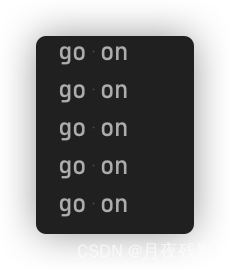
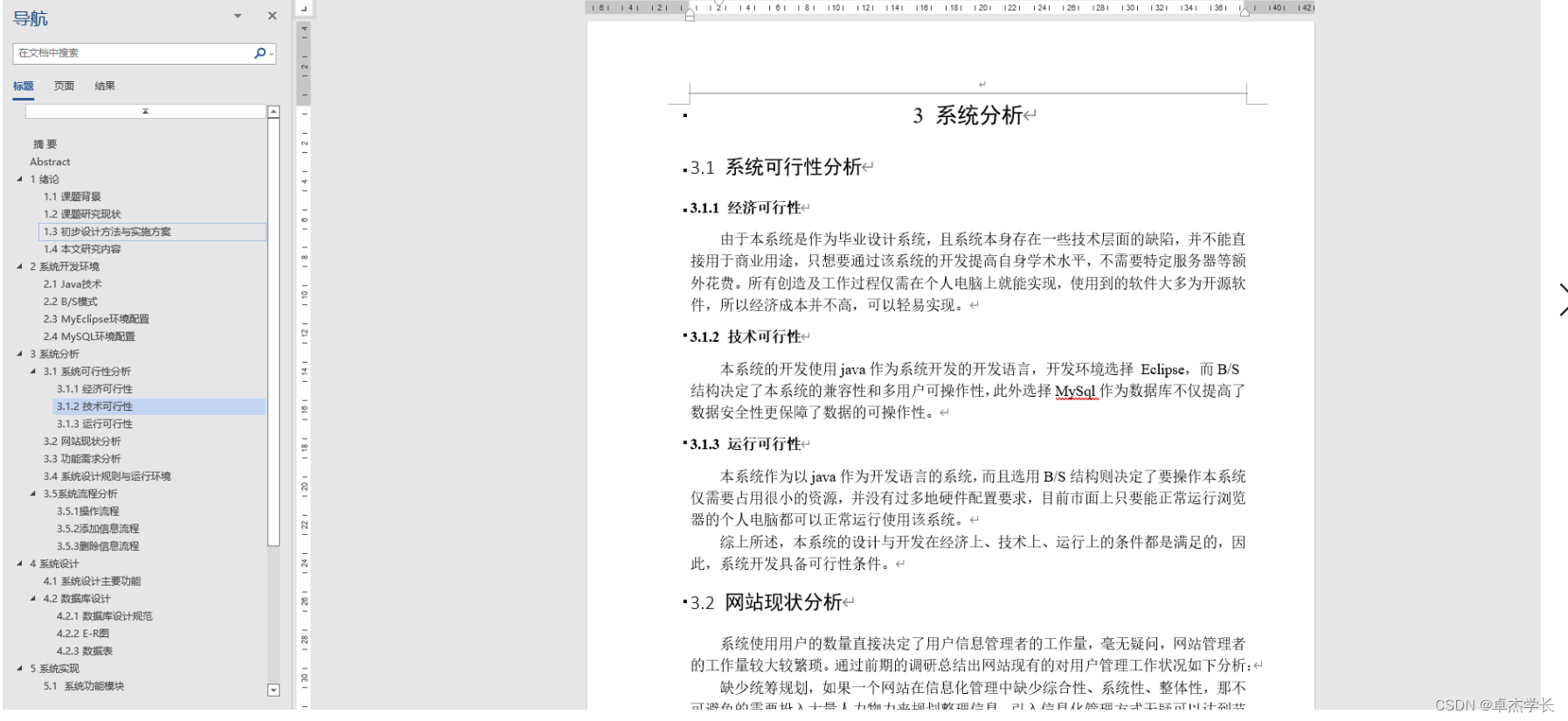



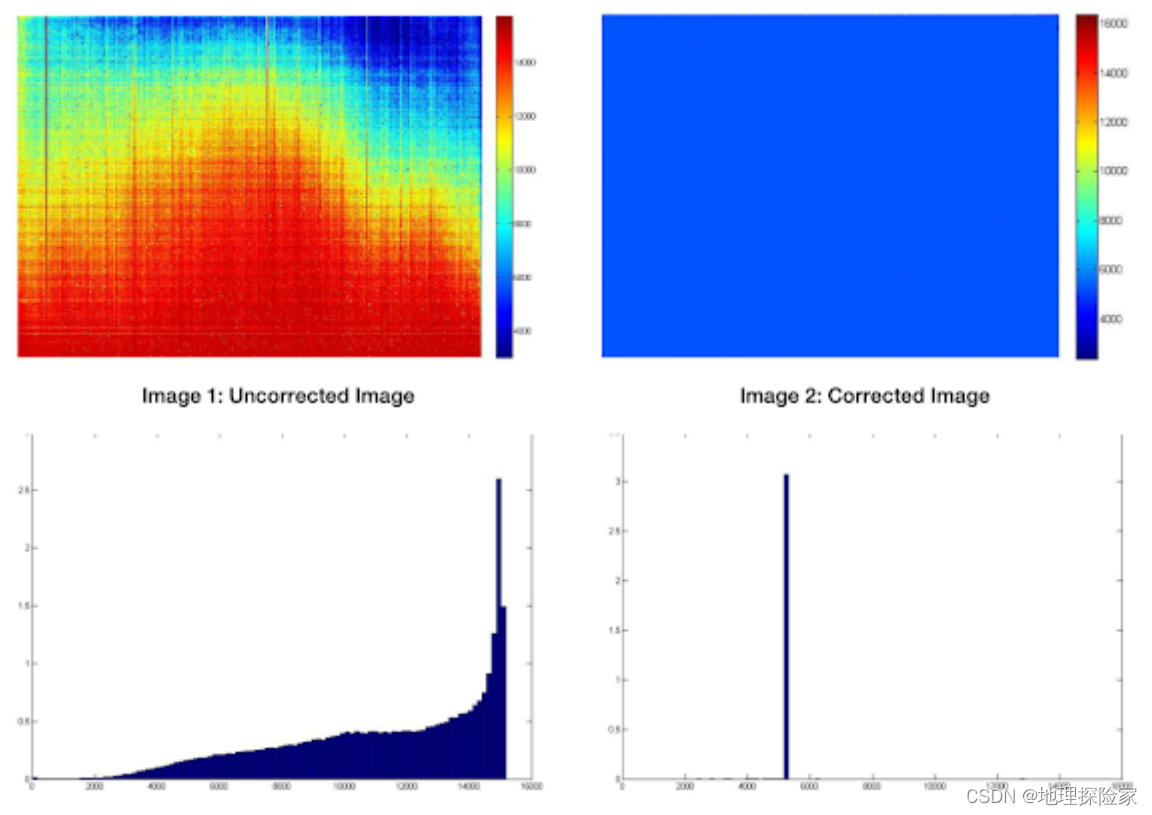


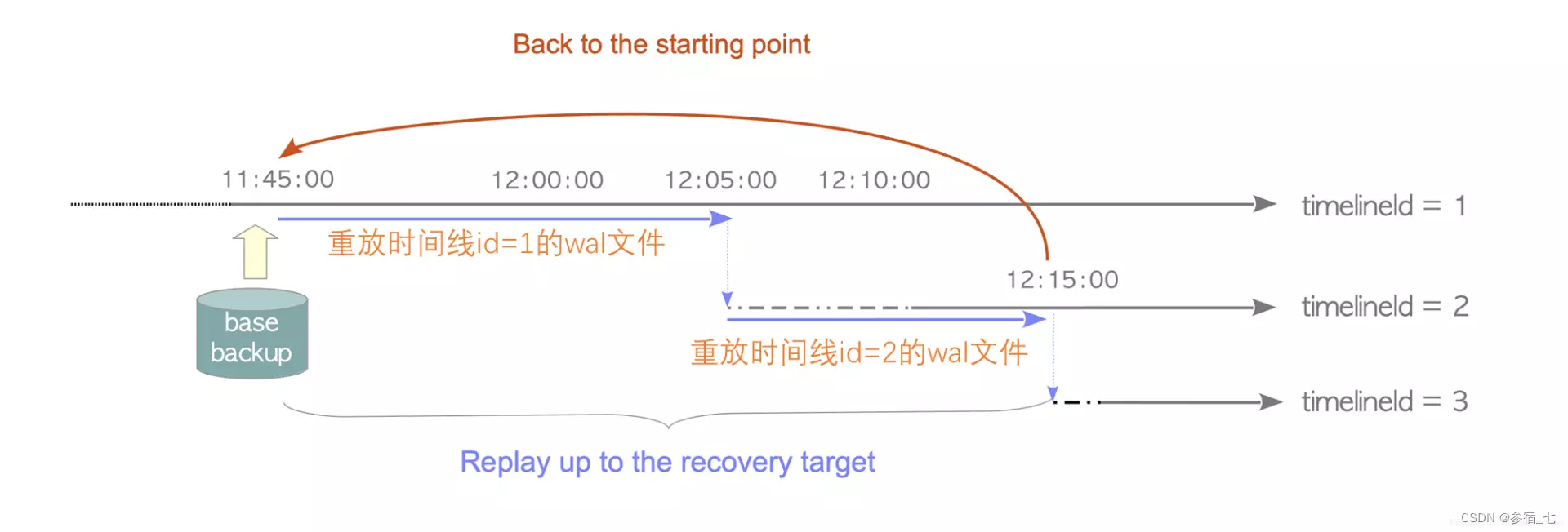
![[附源码]java毕业设计基于web的停车收费管理系统](https://img-blog.csdnimg.cn/351b6b46a6ce4f589d71f5a26662f9f0.png)

